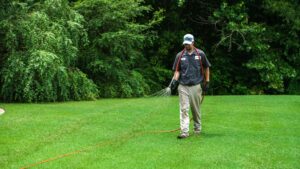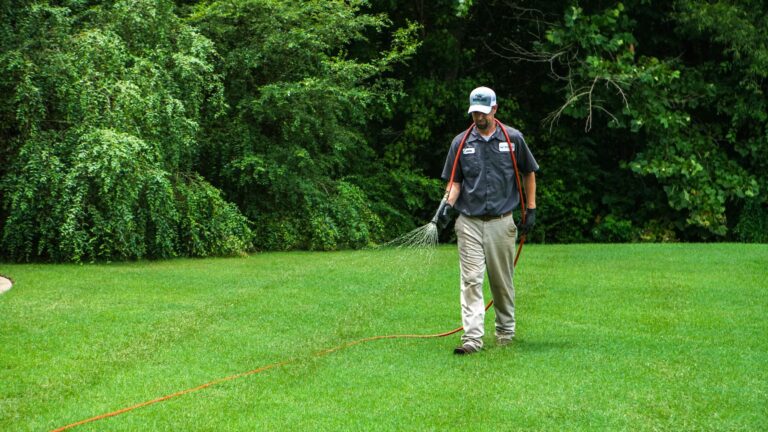What exactly does having an organic garden entail? Do you have to put up with insects eating your plants or ugly flower beds if you cultivate organically?
The quick answer is that organic gardening does not include the use of synthetic goods such as pesticides and fertilisers. Organic farming, in theory, replaces resources as it consumes them. This might include adding composted plants to impoverished soil or growing legumes to supply nitrogen to an area that was previously planted with a heavy feeder. The greater picture is collaborating with nature, seeing your garden as a modest component of the larger natural system.
Here are some fundamentals for getting started with organic gardening:
What Exactly Is Organic Matter?
Organic matter is made up of decomposing plant and animal waste. Compost, grass clippings, dry leaves, and kitchen wastes are all included, as are manures and fish heads. Organic matter is utilised as a soil conditioner or amendment. It may be worked into fresh garden soil or used as a top dressing or mulch in existing gardens.
What’s the Big Deal About Soil?
“Feed the soil, and the earth will feed the plants,” is a fundamental principle of organic gardening. It’s only basic sense. The earth provides plants with water, oxygen, and nutrients. Clay soil has more nutrients than sand soil and stores more water. It may sometimes store too much water, preventing the plants from getting adequate air. Sandy soil is well-drained but might require some improvement to become outstanding garden soil. This is when biological stuff enters the picture. Adding organic matter enhances the texture of any soil while also attracting soil organisms that produce nutrients in the soil.
Pest and Disease Control Without Chemicals
Organic gardening does not require you to share your apples with the worms, but you will most likely have less-than-perfect plants and fruit. Because you are attempting to cultivate in collaboration with nature, you must occasionally tolerate the presence of the odd bug in the garden. Vigilance should be your first line of protection. Inspect your plants on a regular basis for indicators of a problem and respond swiftly. Remember that not every bug is a problem, and that action does not always imply pesticide.
There are several organic pesticides available, but first ensure that there is an issue and that you understand what it is. You can live with little harm. Some insects, such as the four-lined plant bug, cause harm and then leave for the season.
Consider if your pest issue is caused by stressed plants that lack the resources to protect themselves.
Interplanting and diversification will save you from losing a whole crop due to pests. Large swathes of a single plant are attractive, but they also serve as a landing strip for curious insects.
Many insects and bigger animals are seen to be useful because they feed on bug pests.
Barriers keep issues at bay. Moths are prevented from settling and depositing eggs by floating row coverings. Hundreds of flying pests may be readily captured with yellow sticky traps. Cutworms and many borers will be deterred by placing foil collars around the base of plants.
You will almost certainly need to use a pesticide at some point or risk losing your plants. Organic or natural insecticides are often less hazardous to animals, pets, and people than synthetic pesticides. Many organic controls, such as employing Bacillus thuringiensis (Bt), a kind of bacterium that kills caterpillars but not much else, may address particular issues. Just make sure you know what the issue is before treating it, and always follow the label recommendations.



















